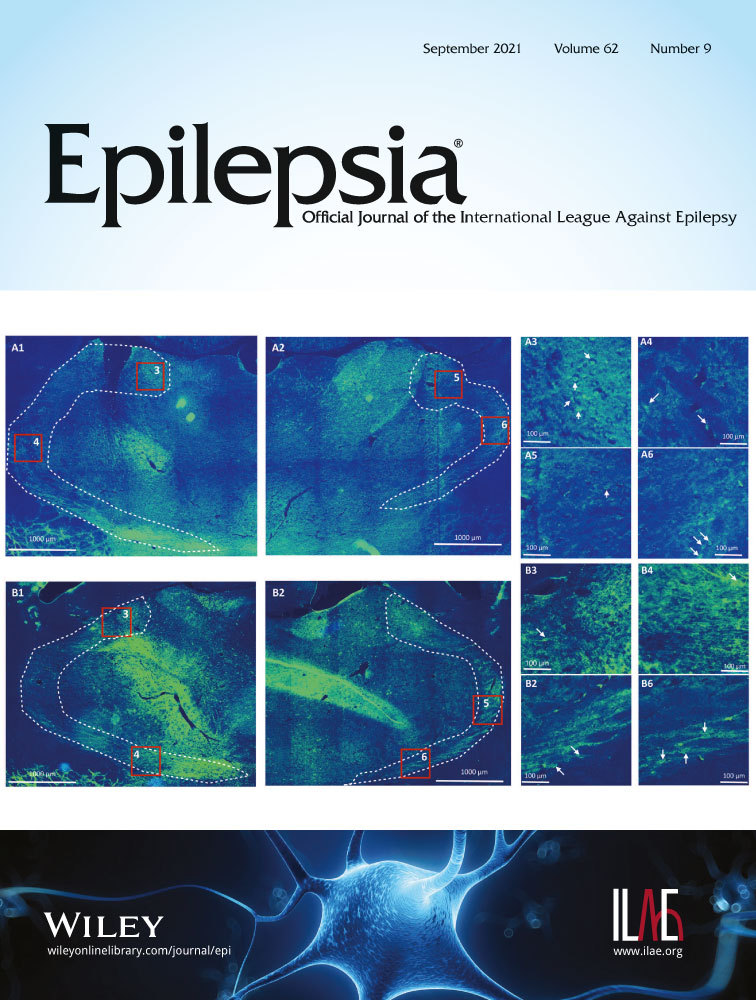Understanding cardiovascular disease in older adults with epilepsy
[Correction added on 22 July, 2021, after first online publication. The keyword "CLSA" has been added.]
Abstract
Objective
This study was undertaken to investigate the distribution of social, lifestyle/behavior, and chronic disease risk factors for cardiovascular disease (CVD) in people with epilepsy as compared to the general population. We also measured the cross-sectional association between epilepsy and CVD in older adults, with and without adjustments for a history of stroke.
Methods
We analyzed data for 44 817 participants in the Canadian Longitudinal Study on Aging, including 751 individuals with a lifetime history of epilepsy. We modeled associations using ordinal and binomial logistic regression, as well as log-binomial regression, with multiple imputation for missing data. We measured the attributable fraction of CVD burden due to stroke.
Results
The majority of the CVD risk factors were significantly more prevalent in people with epilepsy as compared to the general population without epilepsy, independent of age and sex. After adjusting for a history of stroke, people with epilepsy had a significantly higher prevalence of heart disease (prevalence ratio [PR] = 1.27, 95% confidence interval [CI] = 1.02–1.57) and peripheral vascular disease (PR = 1.88, 95% CI = 1.50–2.36). Stroke accounted for 36% (95% CI = 19.85–48.76) of the increased prevalence of any CVD among people with epilepsy, similar to the 32% (95% CI = 27.82–36.25) among people without epilepsy. After adjustment for all other CVD risk factors, peripheral vascular disease remained significantly more prevalent (PR = 1.65, 95% CI = 1.28–2.12) in people with epilepsy as compared to those without.
Significance
CVD risk factors are more prevalent in people with epilepsy, independent of age and sex, and the association between epilepsy and CVD is independent of the association between epilepsy and stroke. The association between peripheral vascular disease and epilepsy may differ from the associations with other types of CVD. These findings are important steps in more comprehensively understanding the origins of CVD in people with epilepsy.
CONFLICT OF INTEREST
M.R.K. reports unrestricted educational grants from UCB and Eisai. M.R.K. and C.B.J. report research grants for investigator-initiated studies from UCB and Eisai. N.H. has no conflict of interest to disclose. We confirm that we have read the Journal's position on issues involved in ethical publication and affirm that this report is consistent with those guidelines.




